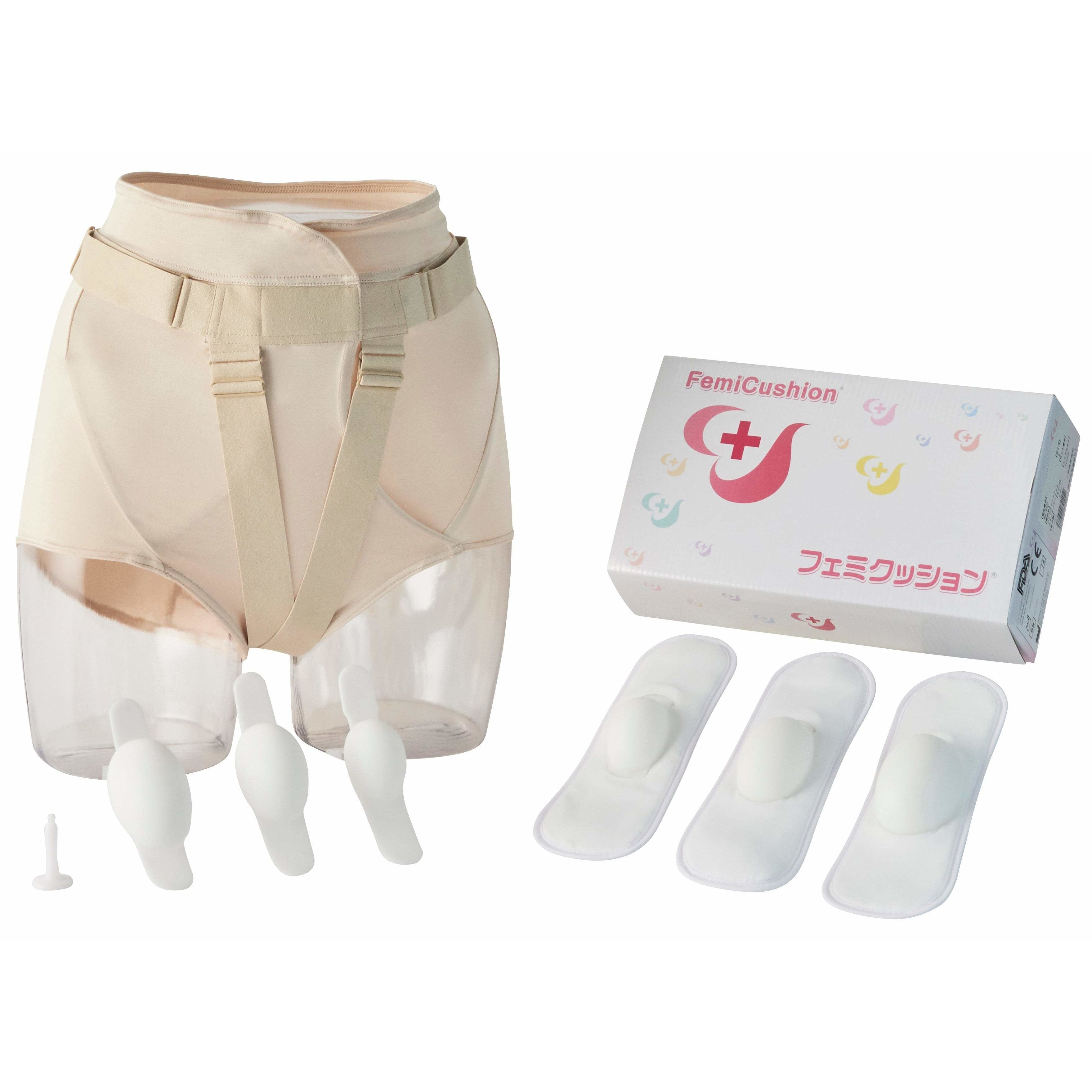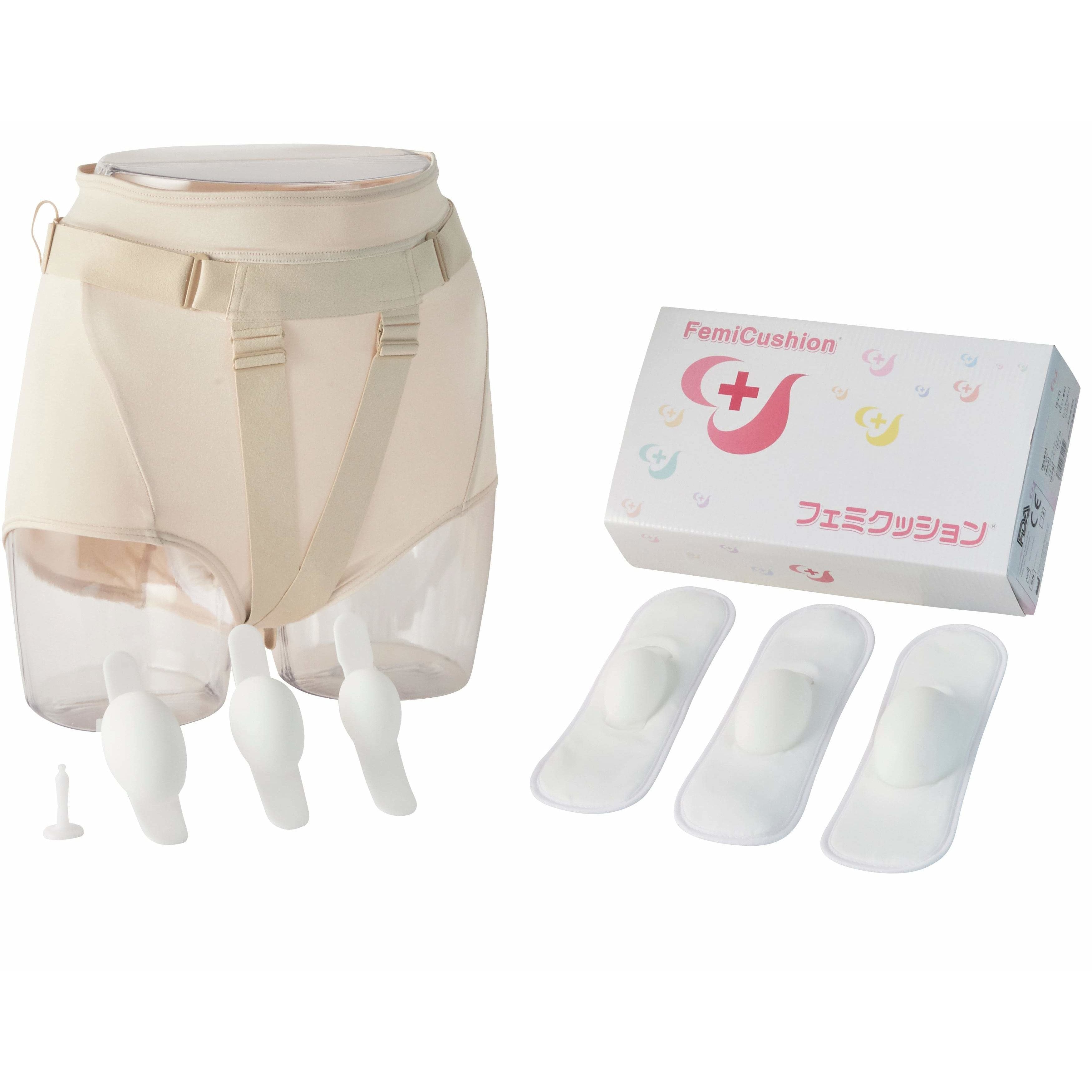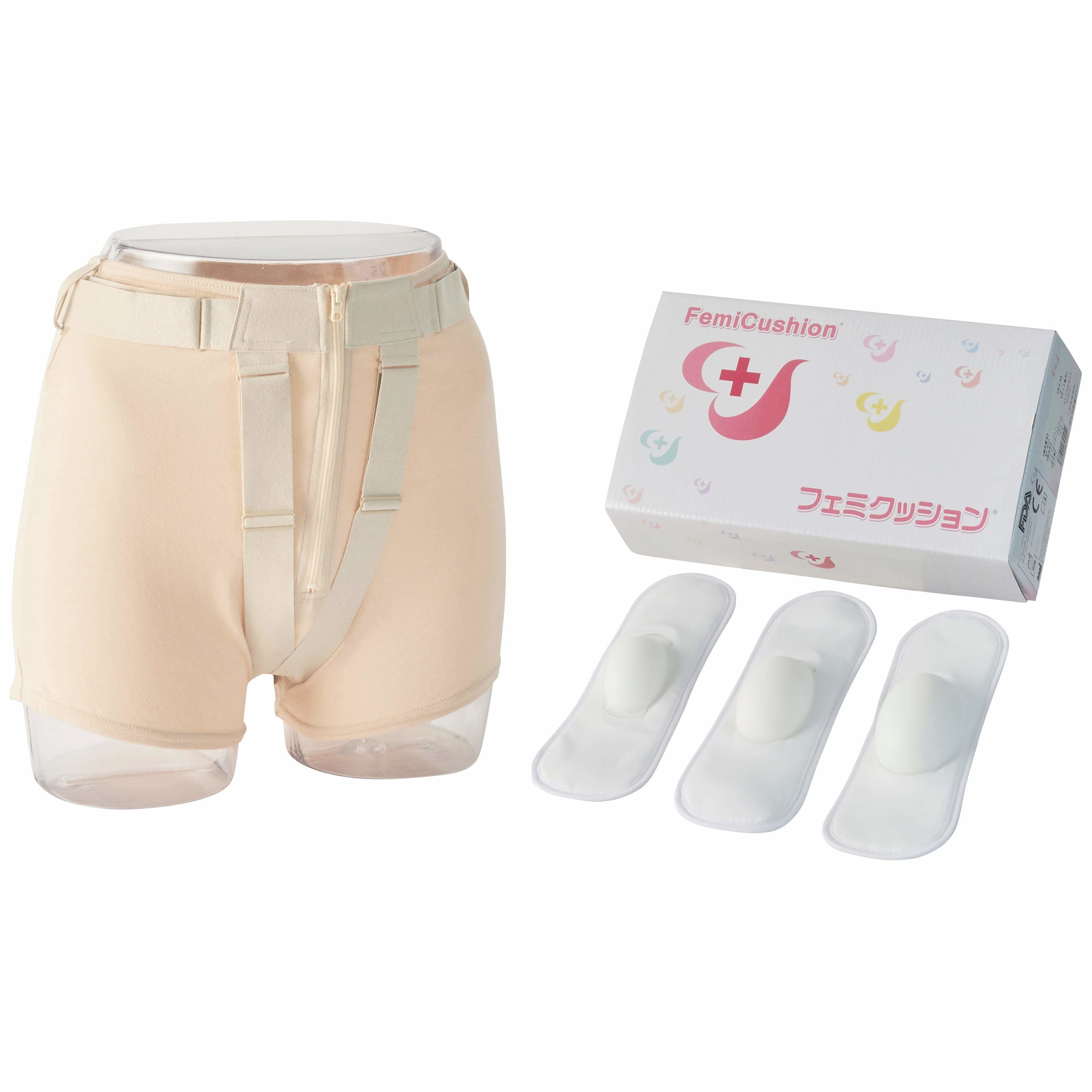Pros and Cons of Urinary Incontinence Surgery vs. Other Treatments
Summary
Table of Contents

Urinary incontinence (UI), or bladder control issue, is a condition when a person has lost control over their bladder and urine leaks involuntary. Though a common condition affecting thousands of people globally, being diagnosed with urinary incontinence can be overwhelming as it severely affects one’s quality of life.
Several factors can contribute to the development of this condition, including weakened pelvic floor muscles, nerve damage, hormonal changes, certain medications, urinary tract infections, and underlying medical conditions such as prostate enlargement or pelvic organ prolapse.
Depending upon the cause, urinary incontinence can be classified into five types: stress incontinence, urge incontinence, overflow incontinence, functional incontinence, and mixed incontinence. Urinary incontinence can also be temporary or chronic, depending upon the symptoms of the condition.
Mild-to-moderate cases of UI can be treated using conservative methods such as lifestyle modifications, pelvic floor exercises, and pessaries. If these methods fail to provide adequate relief, doctors may suggest surgical interventions such as sling procedures, bladder neck suspension, artificial urinary sphincter implantation, and neuromodulation techniques to restore or improve bladder control by addressing the underlying anatomical or functional issues. This article discusses the pros and cons of urinary incontinence surgery compared to other non-surgical treatments.
Evaluation and Preparation for Surgery
Before advising the surgery, your healthcare provider will take your medical history to gather information about your previous and existing health condition, previous surgeries, and medications you are taking. They will also conduct a physical examination to further assess your overall health, pelvic floor muscles, and any signs of anatomical abnormalities or underlying conditions.
Your healthcare provider may also order some additional diagnostic tests, such as:
- Urodynamic testing for evaluating bladder and urethral function
- Cystoscopy for examining the bladder and urethra
- Imaging studies such as ultrasound or MRI to assess the urinary tract.
Pre-surgery Instructions
Your doctor will also provide you with detailed pre-surgery instructions to help you prepare for the procedure. He will ask you to follow a specific diet, discontinue certain medications that may interfere with the surgery, and quit smoking. He will also inform you about the type of anesthesia you would be administered during the surgery, what to expect during and after the procedure, and other necessary precautions you need to take.
Urinary Incontinence Surgery
There are various surgical methods to address urinary incontinence. Here are the different types of urinary incontinence surgery:
Colposuspension: During this surgical procedure, a cut is made in the lower abdomen, and the bladder neck is elevated before it is securely stitched in its new position. This technique is regarded as an effective stress incontinence surgery for women. Colposuspension is of two types: open colposuspension and laparoscopic colposuspension.
Sling Surgery: For this surgery, the surgeon places a sling made of tissue taken from another part of your body (autologous sling), donated by another person (allograft sling), or taken from an animal (xenograft sling) around the bladder neck to prevent urine leakage. The sling acts like a hammock, preventing urine leakage during activities that put pressure on the bladder.
Bladder Neck Suspension: Also known as the Bladder sling procedure, this procedure is performed to treat urinary incontinence caused by prolapse of the bladder neck or urethra. It involves using a mesh to reposition the bladder neck or urethra and restore proper anatomical alignment to reduce incidences of urine leakage.
Artificial Urinary Sphincter: This technique involves implanting a circular device that simulates the function of the urinary sphincter muscles. It allows you to manually control the flow of urine by squeezing or releasing a pump placed under the skin.
Recovery and Complications
After the surgery, your doctor will keep you under observation to monitor your recovery for the first few hours. Post-surgery instructions will be provided that must be followed accurately to facilitate your recovery process. Pain medication and antibiotics are also prescribed to relieve you from pain and prevent infection.
Your doctor might give you specific instructions on how to clean and care for the incision area to reduce the risk of infection and promote healing. The surgical area may take 4-6 weeks to heal completely. You will also be asked to avoid strenuous activities and heavy lifting during this period.
Though typically safe, urinary incontinence surgery may carry certain risks and potential complications such as:
- Infection at the surgical site
- Excessive or persistent bleeding
- Urinary retention
- Urinary tract injury
- Recurrence of urinary incontinence
Other Treatments for Urinary Incontinence
Apart from surgical intervention, there are other urinary incontinence treatment options, such as:
- Kegel Exercises: These exercises involve contracting and relaxing the pelvic muscles to strengthen them and improve bladder control.
- Pelvic Floor Physical Therapy: It is a specialized therapy that involves biofeedback technique to strengthen and train the pelvic floor muscles and reduce incidences of urine leakage.
- Medications: Sometimes, doctors prescribe certain medications, such as anticholinergics, to help improve bladder function and relieve urinary incontinence.
- Perineoplasty: It is another surgical intervention that involves stretching and tightening the perineal tissues (the area between the vaginal opening and the anus) to improve bladder control.
- Pessary Use: A prosthetic device that is inserted into the vagina to support the bladder and other pelvic organs. It is an effective treatment option for urinary incontinence resulting from pelvic organ prolapse.
Conclusion
Surgical procedures like colposuspension, sling surgery, bladder neck suspension, and artificial urinary sphincter implantation can effectively restore and improve bladder control for individuals with moderate to severe symptoms of urinary incontinence. However, every surgery has its own risk and complications. Urinary incontinence can also be treated using non-invasive measures like Kegel exercises, pelvic floor physical therapy, medications, and pessary use. It may be a good idea to explore less invasive methods before deciding on surgery. We hope this article has helped you understand the pros and cons of both surgical and non-surgical procedures. We recommend consulting your healthcare provider to understand the appropriate option for your condition.
Supervising Doctor of This Article

Koichi Nagao, MD PhD
Professor, Department of Urology, Toho University Faculty of Medicine
Director of Urinary tract reconstruction center, Toho University Omori Medical Center
Director of Reproduction Center, Toho University Omori Medical Center
Professor Nagao specializes in plastic surgery in the field of reproductive medicine. He completed eight years of plastic surgery training at Showa University before majoring in urology at Toho University. With his meticulous surgical techniques and careful examinations that combines urology and plastic surgery, Professor Nagao became a Board Certified Specialist with multiple associations including the Japanese Urological Association, the Japan Society for Reproductive Medicine, and the Japanese Society for Sexual Medicine.
The suggested Products

مجموعة FemiCushion EasyOpen Deluxe
$299.99

مجموعة أدوات Deluxe Standard Deluxe Kit
$299.99

مجموعة أدوات FemiCuslion Lite
$249.99
